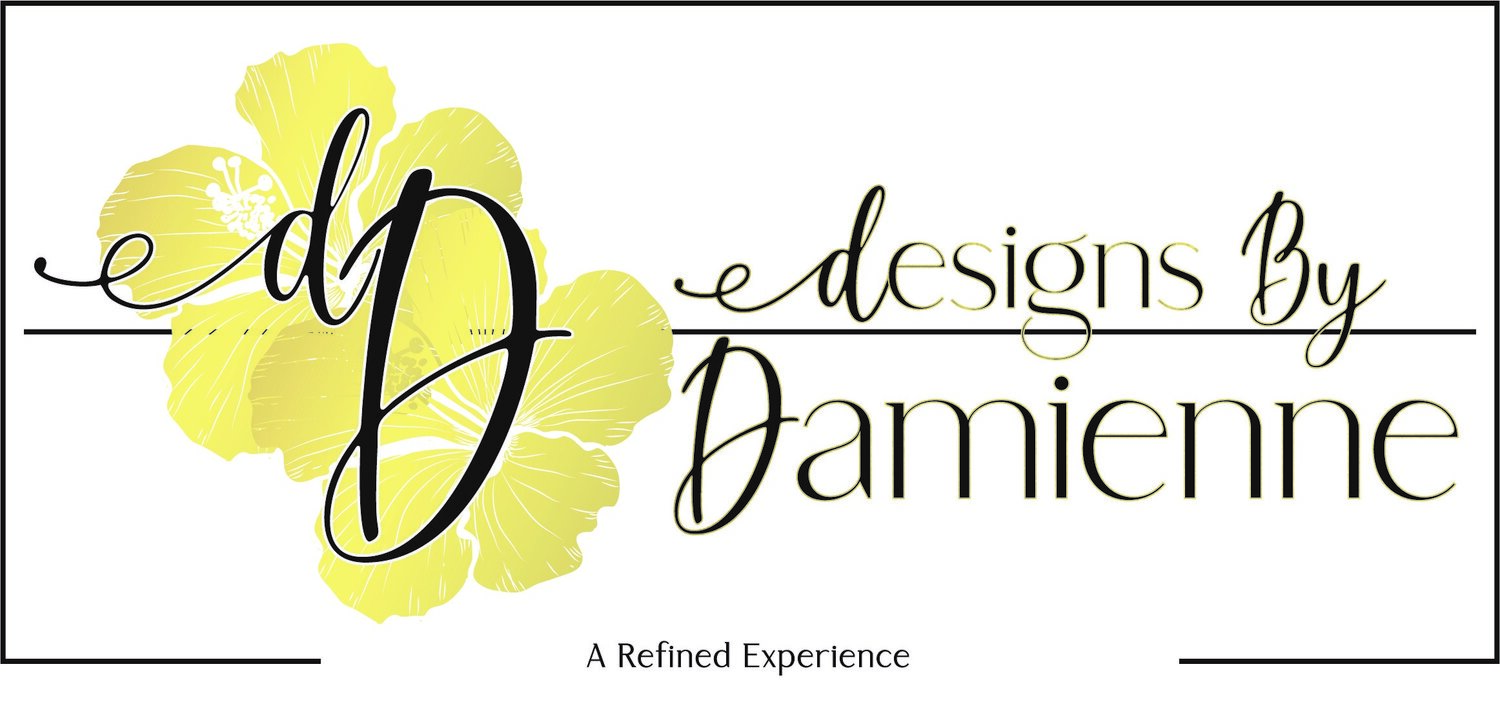Crash Course On Color
“Color is the place where our brains and universe meet.” – Paul Klee
I say it all the time, but I’ll say it again: I LOVE color; especially when it’s well done. There’s nothing wrong with neutrals and all white spaces but I get tired of scrolling Instagram and seeing beige room, after beige room, after beige room, ooh there’s a taupe one, followed by more beige. BORING! Then I started thinking, do people really just love beige that much or is it because it’s the “safe” choice? I’m willing to bet it’s the latter. Color doesn’t have to be intimidating and with this quick guide you’ll be ready to liven up your favorite spaces like a professional!
So, you want to add some color to your space but don’t know where to start. Maybe you’re unsure of what colors to blend or perhaps you went a little overboard and now you’re overwhelmed. Regardless of what your situation is you don’t have to be stuck in beige boredom for eternity. *Disclaimer: I’m not saying that there’s anything wrong with beige and/or neutrals; I’m only advocating for the importance of including color. An entirely neutral space can be done well with the right balance of textures and materials.
Where was I? Oh right! Use the below guide as a quick cheat sheet to adding color to your space. Obviously, this list is not inclusive but it’s a great place to start and I apply these principles in EVERY one of my projects.
The Basics: Color Schemes
Ok, first things first, you must decide what colors you are going use. How do you decide? I would suggest starting with a color (or colors) that you like and then you can decide on which colors to mix in. Here’s the first tip: Employ one or more of these commonly used color schemes to help decide what your accent color(s) should be. These should all feel familiar as these color schemes surround us in our everyday life from our clothing to the branding/marketing we constantly consume.
Complementary: resulting from pairing two colors from opposite sides of the color wheel. Ex. Red + Green, Blue + Orange, Violet (Purple) + Yellow.
Split Complementary: Similar to the complementary scheme, this is achieved by combining a main color with the two colors directly on either side (adjacent) to its complement. Ex. Blue + Red Orange + Yellow Orange
Analogous: resulting from combining two or more colors that are adjacent to each other on the color wheel. Ex. Blue + Blue Green + Green
Monochromatic: This may be the simplest color scheme to achieve as its created using variations of your chosen color.
In Everything, There Must Be Balance
As humans, we are most comfortable when things are balanced. This is reaffirmed over and over in nature and our very bodies (two eyes, two ears, two hands, two feet, etc.) In design, and specifically the use of color this is also true.
Our eyes unconsciously attach weight values to certain colors when we view them. Cool and darker colors are perceived as heavier, while warm and lighter colors are perceived as being lighter. Spaces that are “too light” can feel unnatural and lack interest; conversely spaces that are “too dark” can feel overwhelming and depressing.
Light v. Dark: Pair darker or more heavy colors with lighter colors such as neutrals or lighter variations (pastels) of the components of your chosen color scheme.
This concept also applies to how saturated (very bright, full, and free of any mixtures that lessen its intensity) a color is. Brighter colors “jump” out at you and appear lighter in weight, while duller and/or darker colors tend to recede into the background and appear heavier in weight.
Intensity: Pair smaller amounts of intense or saturated colors with larger amounts of duller color. Also, darker colors feel more “natural” when placed in the bottom of the space (think dark wood floors and white ceiling) because its consistent with the gravitational pull.
The perceived weight of colors is relative so what’s considered “light” or “heavy” will vary from space to space, but the principles remain constant.
Contrast: Keeping Things Interesting
Contrast goes hand in hand with balance, but its importance to a space makes it worth mentioning on its own. Contrast is what makes a space visually interesting because it keeps your eye moving through a space. There are many ways to display contrast but pertaining specifically to color; contrast is most often used to define a focal point or highlight items/areas of interest in a space.
Make it stand out
The most common applications of contrast in color are:
Value: Light/Dark. The easiest type because this can be achieved with neutrals before you even start adding in the other colors. Ex. Black + White/Gray
Hue: Complementary colors achieve a natural balance and contrast. Ex. Red + Green
Saturation: Bright/Dull You can use brighter or more intense colors to draw the eye to an area of interest or focal point in the space.
When done properly, adding contrasting elements makes a space visually interesting and ensures that your eye always has somewhere pleasing to rest without being overwhelmed. You can also add contrast through shape and texture, but I’ll save that for another blog.
Use these simple tools you’ll be creating perfectly curated and visually pleasing spaces in no time!




